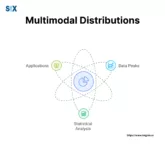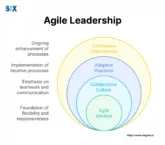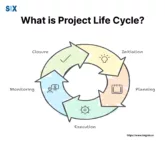The Ultimate Guide to Data Quality Tools: Top Solutions, Features, and Selection Criteria for 2025
As we approach 2025, data becomes of paramount importance, especially in making driven and accurate decisions. Organizations are collecting large volumes of data, and without the correct tools in place, they risk the chance of not only losing the edge but also leaving multiple growth opportunities. This article will equip you to: What Are Data […]



























